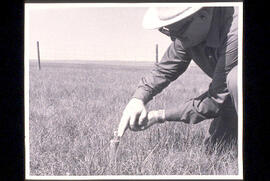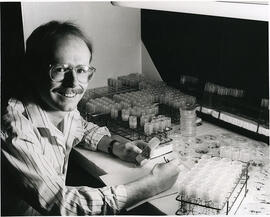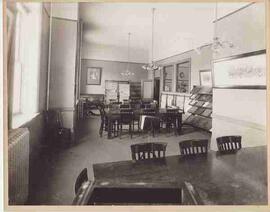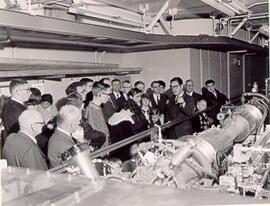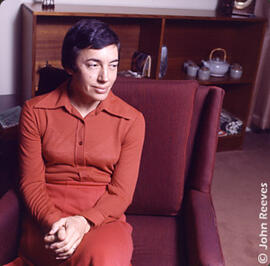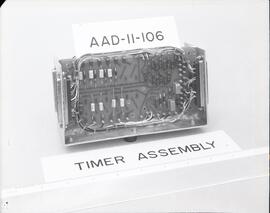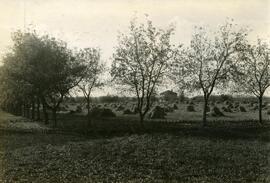Matador International Biological Program Research Station - R.T. Coupland
- S-625
- Item
- 1969
R.T. Coupland, Director of Matador Project (1966-1976) and professor of plant ecology, examines grain in a field.
Bio/Historical Note: From 1967 to 1972, plant ecologists at the University of Saskatchewan participated in the International Biological Program. As part of this worldwide study of agricultural productivity, ecologists established the Matador field station for grassland research carried out by scientists from thirty-four countries. The field station was located near Kyle, thirty miles north of Swift Current, in an area of natural grassland that was potentially the best wheat growing soil in the brown soil zone of Saskatchewan. The land (three square miles) was originally leased for 21 years from the Government of Saskatchewan; the lease (for $1/year) has since been renewed and currently expires in 2009. The Matador Project involved the study of the total grasslands ecosystem, including the interaction of animals, plants, microorganisms, soils and the atmosphere. Robert T. Coupland, Head of the Department of Plant Ecology, served as Director of the Matador Project.

